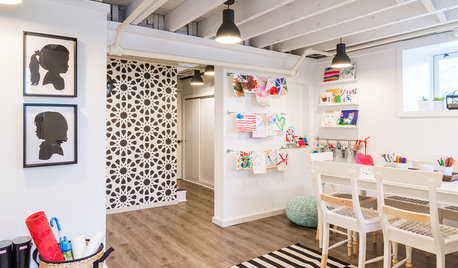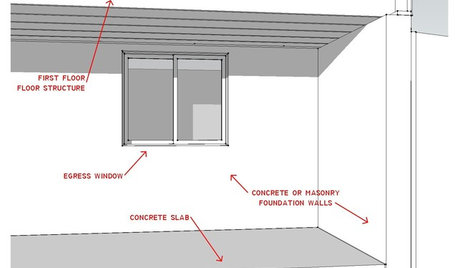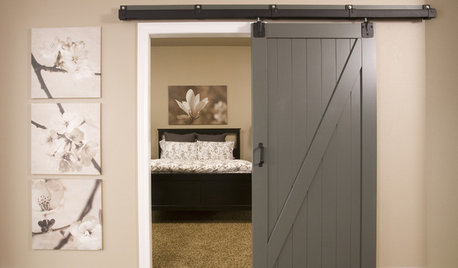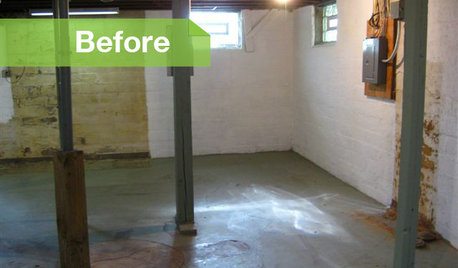Basement waterproofing
tncraft
12 years ago
Featured Answer
Sort by:Oldest
Comments (10)
threeapples
12 years agotncraft
12 years agoRelated Professionals
Arvada Architects & Building Designers · Seal Beach Architects & Building Designers · Bloomingdale Design-Build Firms · Boise Design-Build Firms · Accokeek Home Builders · Harrisburg Home Builders · Odenton Home Builders · Amarillo General Contractors · Boardman General Contractors · Decatur General Contractors · Groton General Contractors · Highland City General Contractors · Middletown General Contractors · Noblesville General Contractors · West Babylon General Contractorsaidan_m
12 years agothreeapples
12 years agobus_driver
12 years agorenovator8
12 years agomikeyb76
6 years agosweetncrunchy
6 years agoVirgil Carter Fine Art
6 years ago
Related Stories

BATHROOM DESIGNConvert Your Tub Space Into a Shower — Waterproofing and Drainage
Step 4 in swapping your tub for a sleek new shower: Pick your waterproofing materials and drain, and don't forget to test
Full Story
REMODELING GUIDESContractor Tips: Finish Your Basement the Right Way
Go underground for the great room your home has been missing. Just make sure you consider these elements of finished basement design
Full Story
LIVING ROOMSBelow My Houzz: An Inviting Basement With Industrial Edge
Reconfiguring a cramped, damp basement opens up a new world of sleek, functional spaces
Full Story
BASEMENTSBasement of the Week: A Creative Space for Kids and Storage for All
With mudroom organizers, laundry and a well-organized space for crafts, this basement puts a Massachusetts home in balance
Full Story
REMODELING GUIDESKnow Your House: The Steps in Finishing a Basement
Learn what it takes to finish a basement before you consider converting it into a playroom, office, guest room or gym
Full Story
BASEMENTSThe Hot List: Beautified Basements
Nab function and styling ideas from the most popular basement photos on Houzz so far this year
Full Story
BASEMENTSA Raw Washington Basement Gets Serenity Now
Neutral tones and custom storage infuse a family's newly finished basement with a restful air
Full Story
BASEMENTSDesign Workshop: Is It Time to Let Basements Become Extinct?
Costly and often unnecessary, basements may become obsolete — if they aren’t already. Here are responses to every reason to keep them around
Full Story
BASEMENTSBasement of the Week: Modern Style Converts an Empty Concrete Box
From raw wasteland to fab living, sleeping and storage space, this snazzy basement now covers all the angles
Full Story








worthy